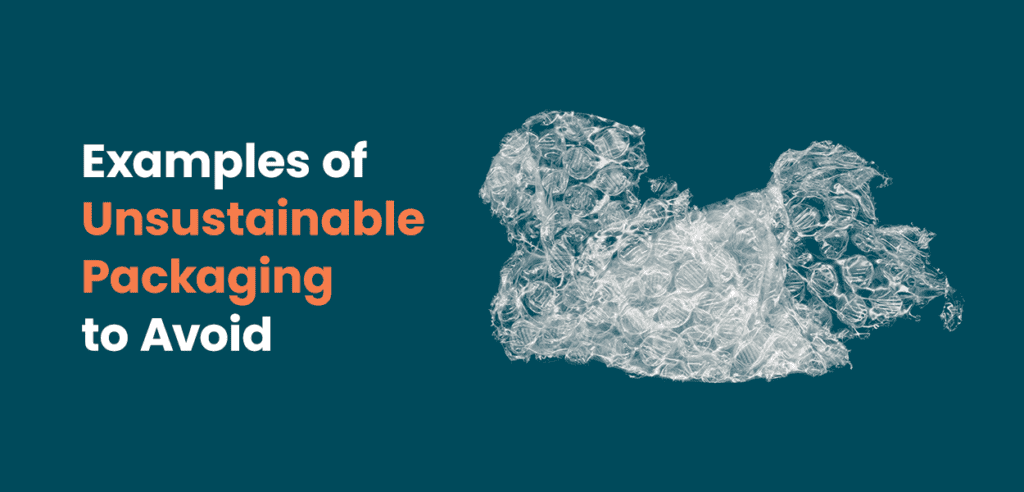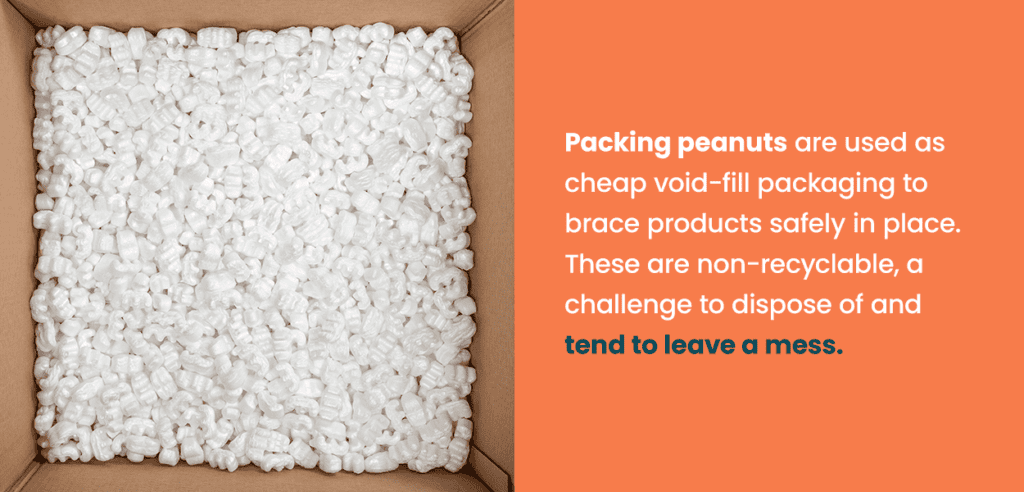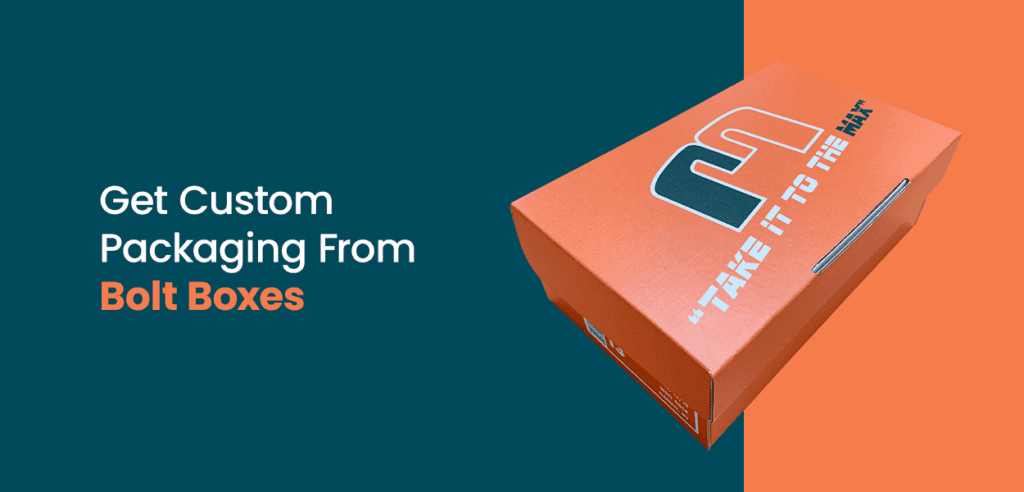
In the past, packaging was only a way to send a product from point A to point B. Consumers paid little to no attention to product packaging other than recognizing it on the shelves. Today, people are more aware of where products come from and what their favorite brands are doing to lower their carbon footprint.
Unsustainable packaging has a negative impact on the environment due to excessive waste or harmful materials. These materials are difficult to recycle, take a long time to degrade or contribute to greenhouse gas emissions. Let’s explore examples of unsustainable packaging to avoid. We’ll also discuss their environmental impact and sustainable packaging alternatives.
Unsustainable packaging refers to how its process and materials impact the environment. Different factors and characteristics determine whether packaging is harmful in any form.
Some common criteria for unsustainable packaging include:
In contrast, sustainable packaging minimizes waste and uses environmentally friendly materials. It’s also easily recyclable or biodegradable, thus having a lower carbon footprint.
Plastic is the main culprit in single-use packaging, which typically gets thrown away rather than recycled. Currently, of all plastics produced in the world, more than 90% are fossil-based, while the rest comprise bio-based and post-consumer recycled plastic. Because of its slow decomposition rate, plastics have a negative impact when they end up in landfills or in the oceans.
Research estimates that more than 75% of all plastics end up in landfills. However, plastic also gets carried by the wind to other areas. Animals often mistake plastic materials for food. Ingested plastic can affect animals’ overall health, disrupt hormones and cause reproductive issues. They can also become trapped or entangled in plastic, preventing them from hunting or making them more vulnerable to prey.
Once in the environment, plastics degrade continuously into smaller fragments and eventually into microplastics and nanoplastics. Microplastics in soil and groundwater have adverse effects on soil properties and plants, such as:
Plant roots can also absorb nanoplastics, leading them to enter the rest of the food chain.
Unsustainable packaging also has negative effects on people and communities. Littered plastic and packaging waste accumulates around public spaces and neighborhoods, creating an eyesore and decreasing the quality of life for people who frequent these areas. Moreover, the production and disposal of unsustainable packaging materials can affect people’s health. For example, the manufacturing process may release toxic chemicals and disposing of packaging waste improperly contaminates water sources and the soil.
Packaging protects and markets your product, and any part the consumer throws away can be considered packaging waste. Since packaging is the largest market-use plastic, we compiled some examples of unsustainable packaging:

To help address environmental issues, product manufacturers and sellers can look for sustainable packaging alternatives such as:

Oversized shipping boxes and excessive layers of void fillers can contribute to overpackaging and packaging waste. Creating custom packaging for your products will help your brand contribute to sustainability while saving on material costs and reducing unnecessary packaging. Simply send us your physical product, images, measurements or existing box specifications, and our designers will engineer the best solution. For more information on our box styles, sizes and types, get in touch with our team. We look forward to helping you!